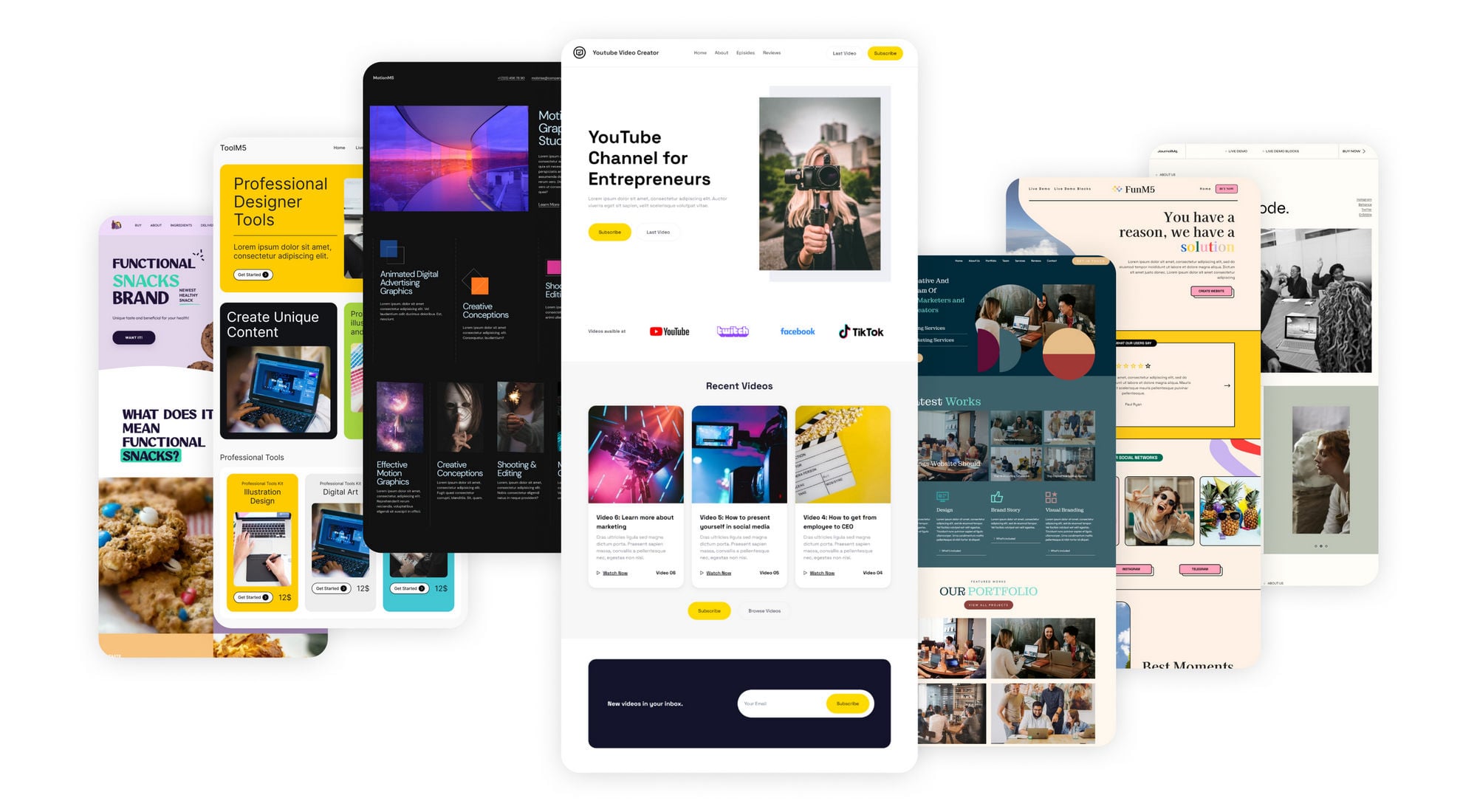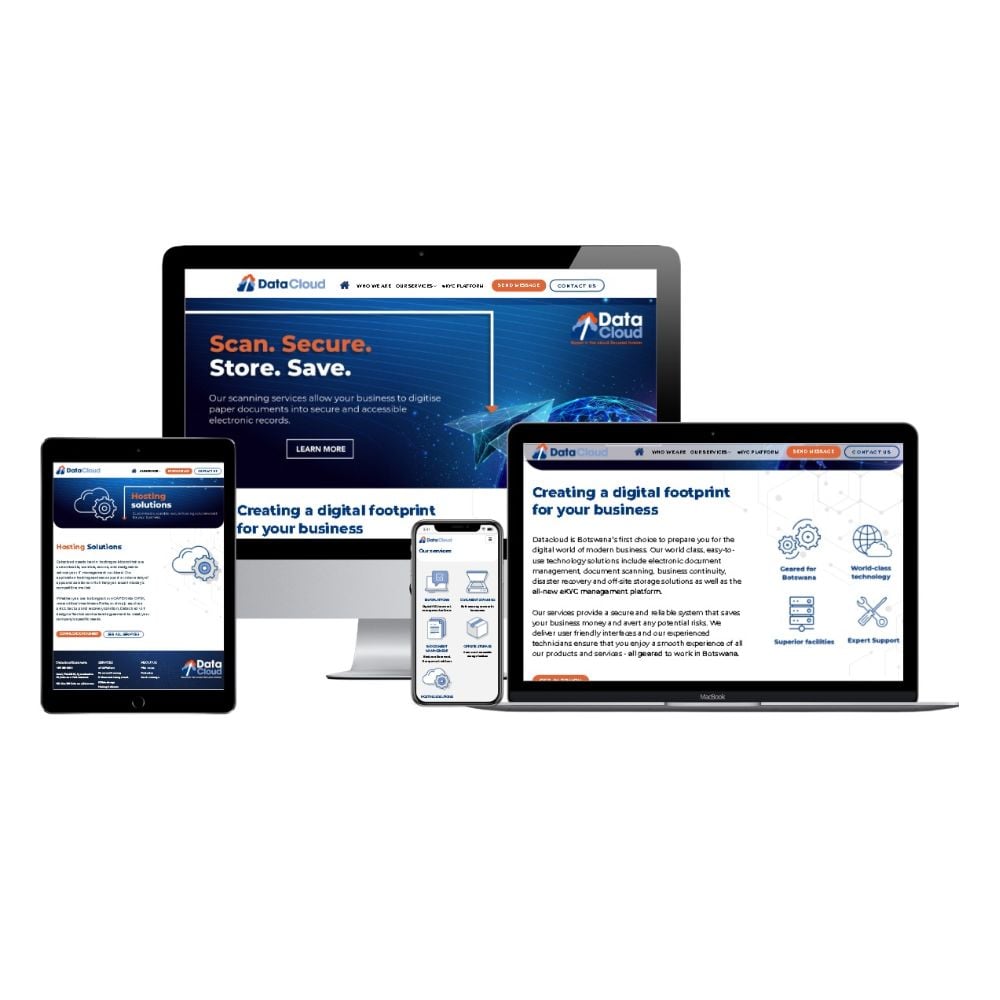Key Methods for Executing User-Centric Website Layout to Boost Interaction
When taking into consideration the implementation of user-centric internet site design, certain strategies are important in improving interaction. Extensive research right into customer requirements and preferences forms the foundation, directing the creation of customer identities to notify design selections. Customizing content boosts individual complete satisfaction, and robust accessibility attributes expand reach.
Understanding Customer Demands
Understanding individual demands is a fundamental action in the procedure of user-centric internet site design. Methods such as studies, meetings, and customer screening can provide important qualitative and measurable information concerning just how users communicate with the internet site.
Analyzing this data allows designers to produce comprehensive individual characters that represent the different segments of the target audience. These personalities assist notify style choices by highlighting certain customer objectives and obstacles, leading the growth of attributes that resolve these demands effectively. Moreover, understanding the context in which customers run-- such as their setting, device choices, and time restraints-- can even more fine-tune the style technique.
Empathy plays an important function in this process, making it possible for developers to see the site from the user's perspective. By focusing on individual needs, the design procedure ends up being a lot more focused, avoiding the incorporation of unneeded elements that can mess the user experience. Inevitably, a deep understanding of individual needs contributes in crafting a web site that is both significant and practical.
Designing Instinctive Navigation
Having actually established a comprehensive understanding of individual needs, the following step in user-centric web site layout includes creating intuitive navigating. Effective navigating is fundamental to individual complete satisfaction, affecting exactly how conveniently individuals can locate details and complete jobs. To achieve user-friendly navigating, designers need to prioritize simplicity and clearness, ensuring that the navigation framework is logical and constant throughout the site.
Organizing web content right into a clear hierarchy is critical. Website Design. The use of acquainted tags and symbols can lead users effortlessly, minimizing cognitive lots and enhancing the overall user experience. A properly designed navigating bar need to be plainly positioned, permitting users to determine their present area and conveniently explore other sections of the site
It is likewise crucial to include interactive components such as breadcrumbs and search performances to aid individuals in browsing facility websites. These attributes give extra paths and enhance the access of web content, providing to numerous individual preferences and behaviors.
Examining navigating with actual individuals is vital to determine potential discomfort factors and guarantee functionality straightens with individual expectations. Normal comments loops and repetitive enhancements can help keep an efficient navigation system that adjusts to developing user demands, eventually increasing engagement and satisfaction.
Developing Responsive User Interfaces
Inevitably, producing receptive interfaces is a pivotal element of modern website design, making sure that sites are accessible and practical across a plethora of gadgets and screen dimensions (Website Design). This flexibility is vital in a landscape where users accessibility content by means of smartphones, laptops, desktops, and tablet computers, each with varying resolutions and alignments. The main objective of receptive design is to enhance individual experience by keeping optimum readability and usability, no matter the gadget made use of
To achieve this, web designers utilize adaptable grid layouts, fluid pictures, and CSS media inquiries. Versatile grids enable web site why not look here components to resize proportionally, while liquid images guarantee visuals scale properly without losing high quality. Media questions play an essential role by applying various designs based upon the tool's characteristics, such as width, elevation, and orientation, hence customizing the design to the individual's display.
Moreover, responsive interfaces add to boosted seo (SEARCH ENGINE OPTIMIZATION) by using a seamless user experience, which in turn can reduce bounce prices and boost site engagement. In recap, taking on receptive design is not merely a technological factor to consider however an important technique for fostering a user-centric internet atmosphere that meets the demands of a diverse audience.

Customizing Content Experience
Customizing material experience is a vital element of user-centric web site layout that entails customizing content to fulfill the special preferences and habits of individual users. This method not only enhances customer satisfaction yet additionally promotes deeper engagement, as site visitors are extra likely to communicate with content that reverberates with their requirements and interests. By leveraging information analytics and individual feedback, organizations can recognize patterns and trends that inform the modification of web material.
Integrating personalization approaches can range from simple changes, such as suggesting products based on surfing background, to much more innovative methods like vibrant material that adjusts in real-time to an individual's interactions. Personalized landing web pages can substantially increase conversion rates by giving users with pertinent information and offers that line up with their previous activities and choices.
Moreover, utilizing expert system and artificial intelligence can further refine content customization by constantly learning from customer habits and adjusting to emerging trends. This not only boosts the user's trip link but additionally builds brand loyalty, as consumers really feel understood and valued. Eventually, individualizing the content experience is a crucial technique for services intending to develop a more significant and interesting communication with their target market.
Enhancing Accessibility Features
Enhancing ease of access features is a fundamental element of user-centric web site style, making sure weblink that electronic material is useful by every person, consisting of people with disabilities. This method not just adheres to legal criteria such as the Americans with Disabilities Act (ADA) and the Web Content Ease Of Access Guidelines (WCAG) but also considerably broadens a website's audience reach. By incorporating functions like key-board navigating, screen viewers compatibility, and different message for pictures, sites become more comprehensive, giving a smooth experience for individuals with visual, auditory, or motor impairments.
Including receptive style aspects is important, assisting in access on various tools and display sizes, therefore suiting individuals with different preferences and demands. In addition, comparison ratios and text dimension changes can enhance readability for individuals with visual challenges. Offering succinct and clear material framework, such as headings and checklists, help comprehension and navigation, particularly for users with cognitive handicaps.
Regular accessibility audits should be carried out to recognize and rectify potential obstacles, making sure ongoing conformity and functionality. By focusing on accessibility, organizations not only foster inclusivity however additionally enhance general customer engagement and contentment, ultimately driving higher conversion prices and strengthening brand commitment.

Final Thought
Incorporating user-centric layout techniques significantly improves website interaction by focusing on the requirements and choices of users. Complete research assists in the creation of individual characters, directing targeted layout decisions. Instinctive navigation and receptive user interfaces enhance use and ease of access throughout tools. Personalizing material based upon individual actions enhances contentment, while robust availability attributes expand target market reach. Jointly, these methods develop a meaningful online experience, cultivating much deeper involvement and interaction with the site.
Extensive research right into customer demands and preferences forms the structure, assisting the development of customer personalities to inform design options. Techniques such as studies, meetings, and customer screening can provide useful qualitative and quantitative information concerning just how customers connect with the site.
By prioritizing individual requirements, the style process becomes much more focused, avoiding the addition of unnecessary components that can mess the individual experience. Effective navigating is basic to user satisfaction, affecting how easily individuals can find information and complete jobs. The use of acquainted tags and icons can assist individuals effortlessly, decreasing cognitive lots and boosting the general user experience.